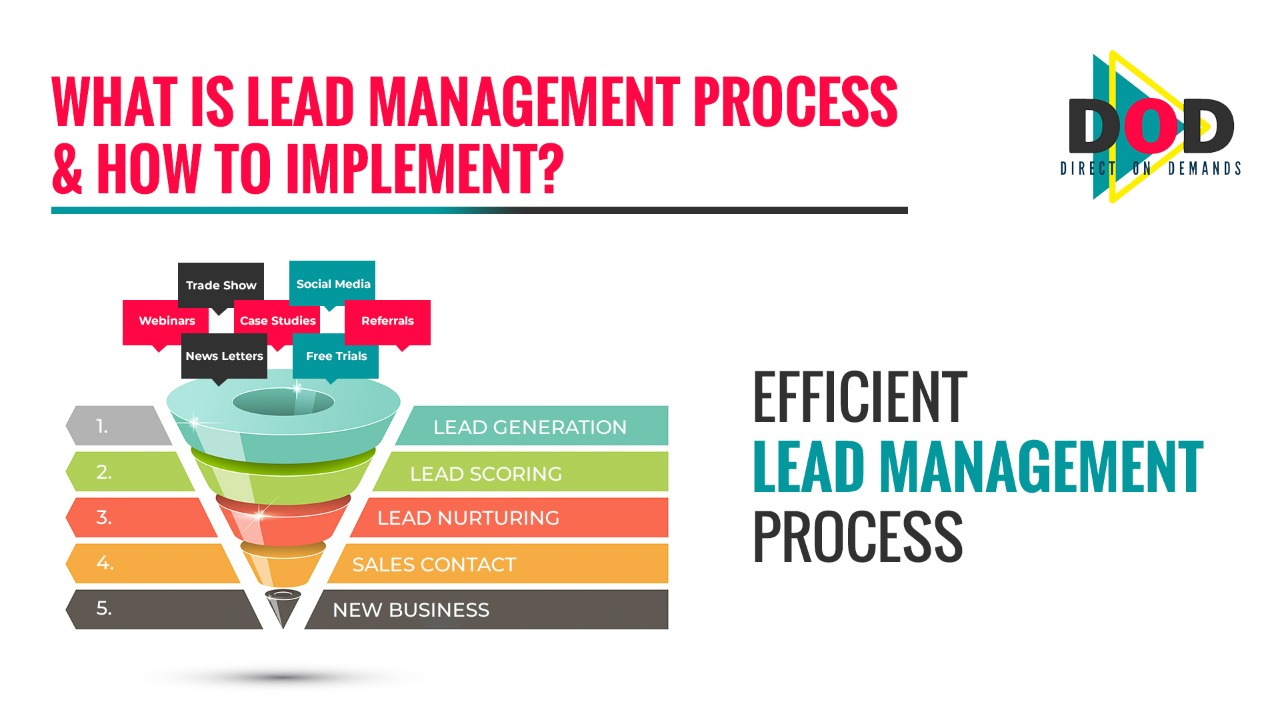The five key components to remote work
As we gradually adapt to a post-pandemic world where lockdowns across the world have accelerated the adoption of remote work, Direct On Demands looks at the technologies that have enabled us to remain connected while physically separated.
During 2020 and 2021, it has become increasingly important to have systems in place where employees can interact with each other from different locations and time zones. Remote working can sometimes be difficult, and companies need to ensure they communicate with their employees through various platforms.
There are various ways that companies can communicate with their employees and clients, and it is essential to have at least one up and running within your business. With this in mind, we take a look at the key technological advancements that have enabled this:
1. Virtual messaging
Virtual messaging has become increasingly popular during 2020 and 2021, providing a faster and more casual communication style than email. Before Covid-19, Skype and Microsoft Teams were the go-to options for most companies; however, the last two years have opened the market to many more options for companies to consider. Zoom, Slack, Glip, and Google Hangouts have become some of the top options companies have implemented to ensure their employees can communicate with each other.
Employees can use these platforms to chat, share files, video and voice calls and share their screens. “When used appropriately, team chat apps are among the best productivity tools because they make conversations easier to track, improve teamwork, and help maintain company culture,” said Jill Duffy, writer of PC Mag’s Get Organized column.
Through these platforms, employees can now speak to clients worldwide at just the click of a button. This helps them in improving their relationships with clients as well as ensuring their needs are met.
2. Project management tools
Project management tools can assist companies in scheduling time and allocating projects to their employees. For example, Trello, Paymo, Asana, and Basecamp allow a business to break down tasks and monitor progress where employees can comment and add tasks and set up alerts or reminders. Using these tools, companies can ensure all required tasks are completed in the correct amount of time.
As Michaela Rollings summarises in ‘Nine Steps To Choose The Best Project Management Tool, “Project management tools also allow teams to communicate clearly and quickly with comments, chat, and more.”
3. Hybrid meeting rooms
Hybrid meetings allow office-based and remote workers the choice to work at home or in the office. However, organisations need to invest in good quality in-room hardware to ensure remote workers have a great experience.
4. Virtual conferencing systems
Virtual conferences have become the fundamental way in which professionals attend events during the pandemic. Companies can use these event systems to communicate with their employees in town hall sessions, fireside chats, or a Q&A session with management. In addition, live chats, polls, etc, can be included in these systems to increase employee engagement by interacting with each other and the speakers.
“Best-in-class video conferencing services let users share their screens, remotely access one another’s desktops, chat via text, exchange files, communicate via digital whiteboards, and even broadcast conferences to large groups of passive viewers (like webinars),” explains Molly Mclaughlin and Daniel Brame, who reviewed the best video conferencing software for 2021.
5. Maintenance services
While implementing the above technologies has become key to improving communications, it is also essential to have good maintenance and support systems in place to ensure all the implemented strategies are running seamlessly. Companies like SPOR offer 24/7 x 365 support across a vast range of IT hardware technologies under one contract, with tailored SLA coverages. All of SPOR’s support services are executed remotely; however, if needed, an engineer can be available onsite by the next business day. This gives them control over their teams and what they do, ensuring a fantastic quality of service.
What is SPOR?
SPOR is an innovative workplace technology brand built to transform how organisations connect, collaborate, and communicate on a global stage. Their specialist teams can reimagine your existing communications and deliver cutting-edge technology solutions that power performance.







0 Comments